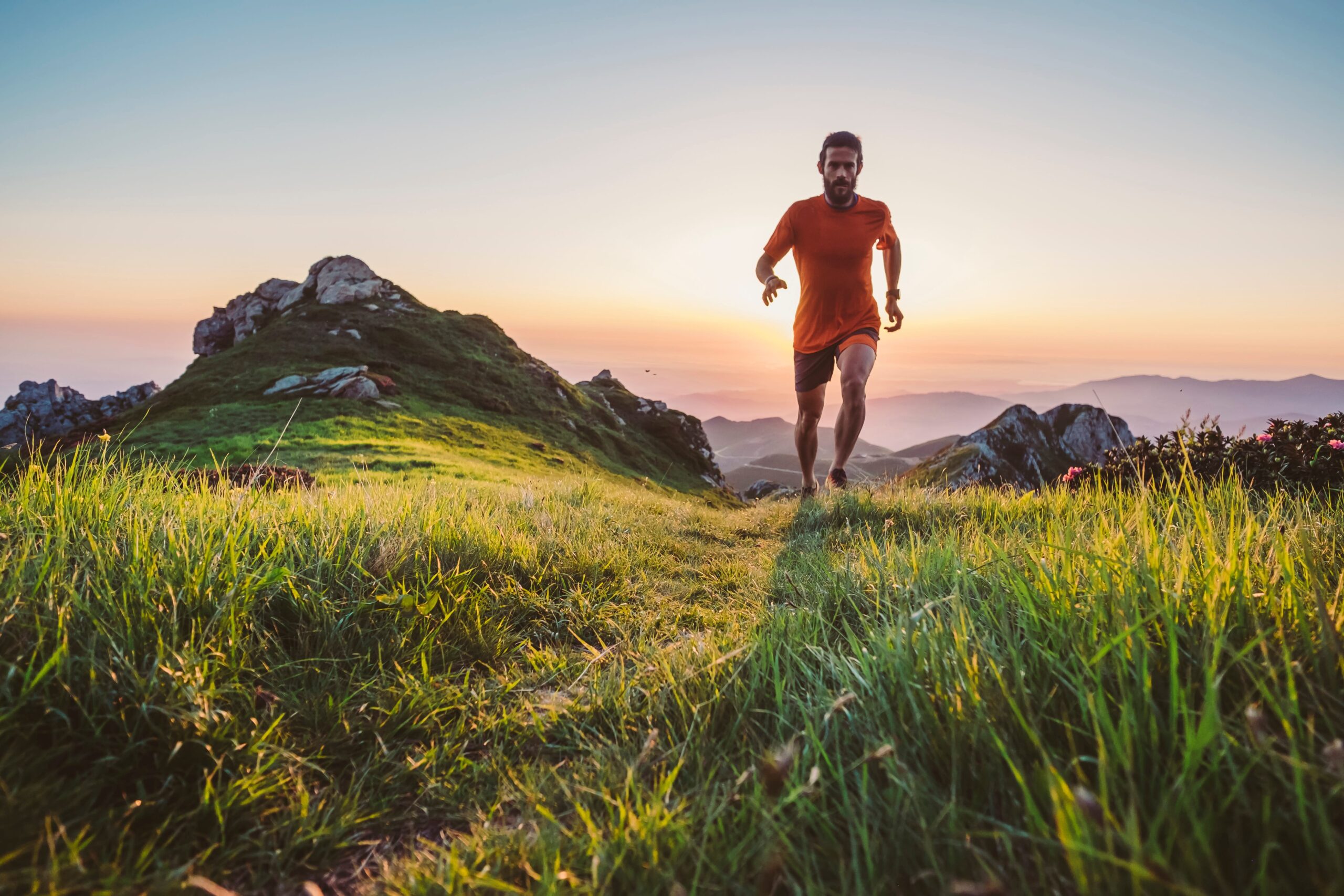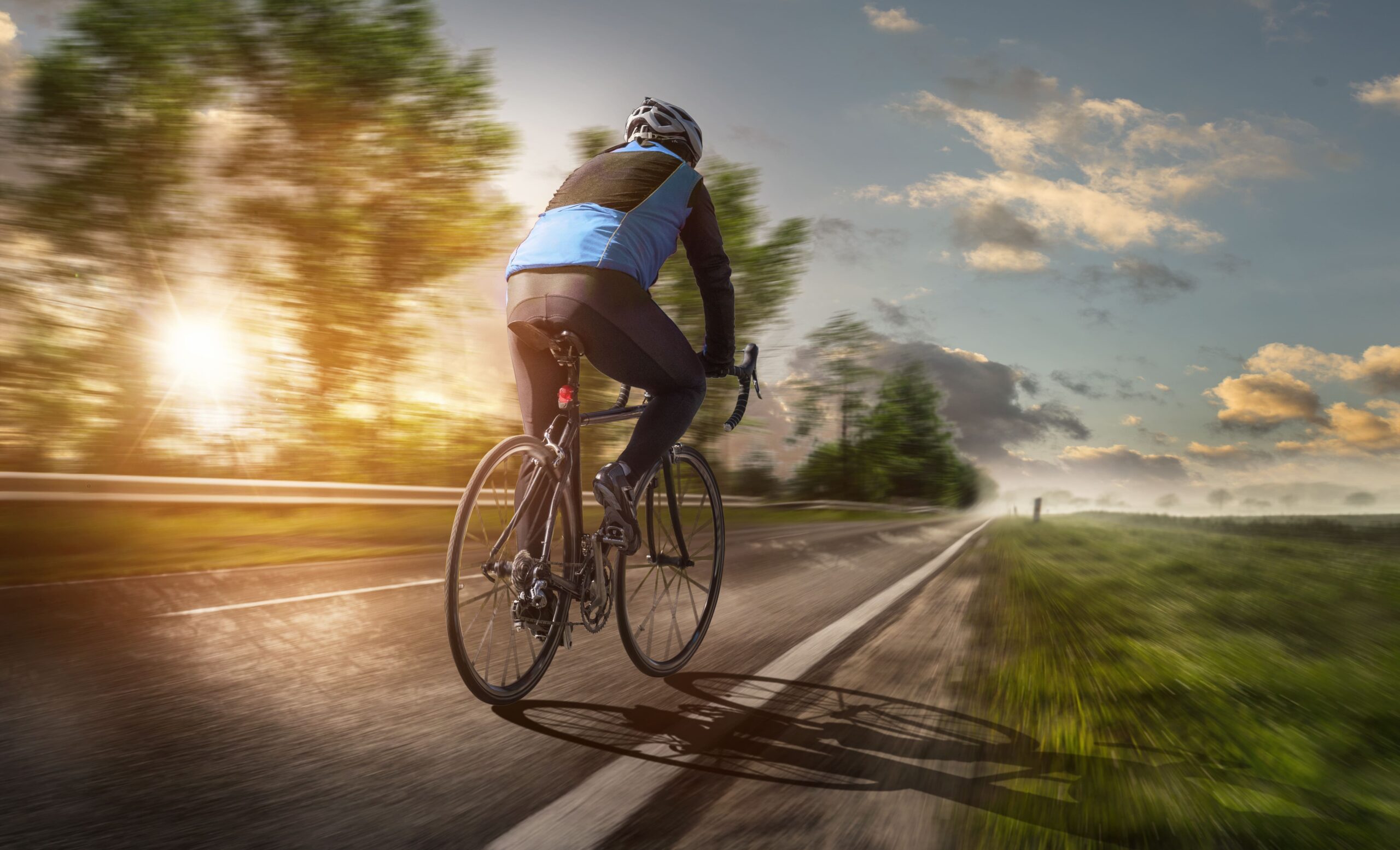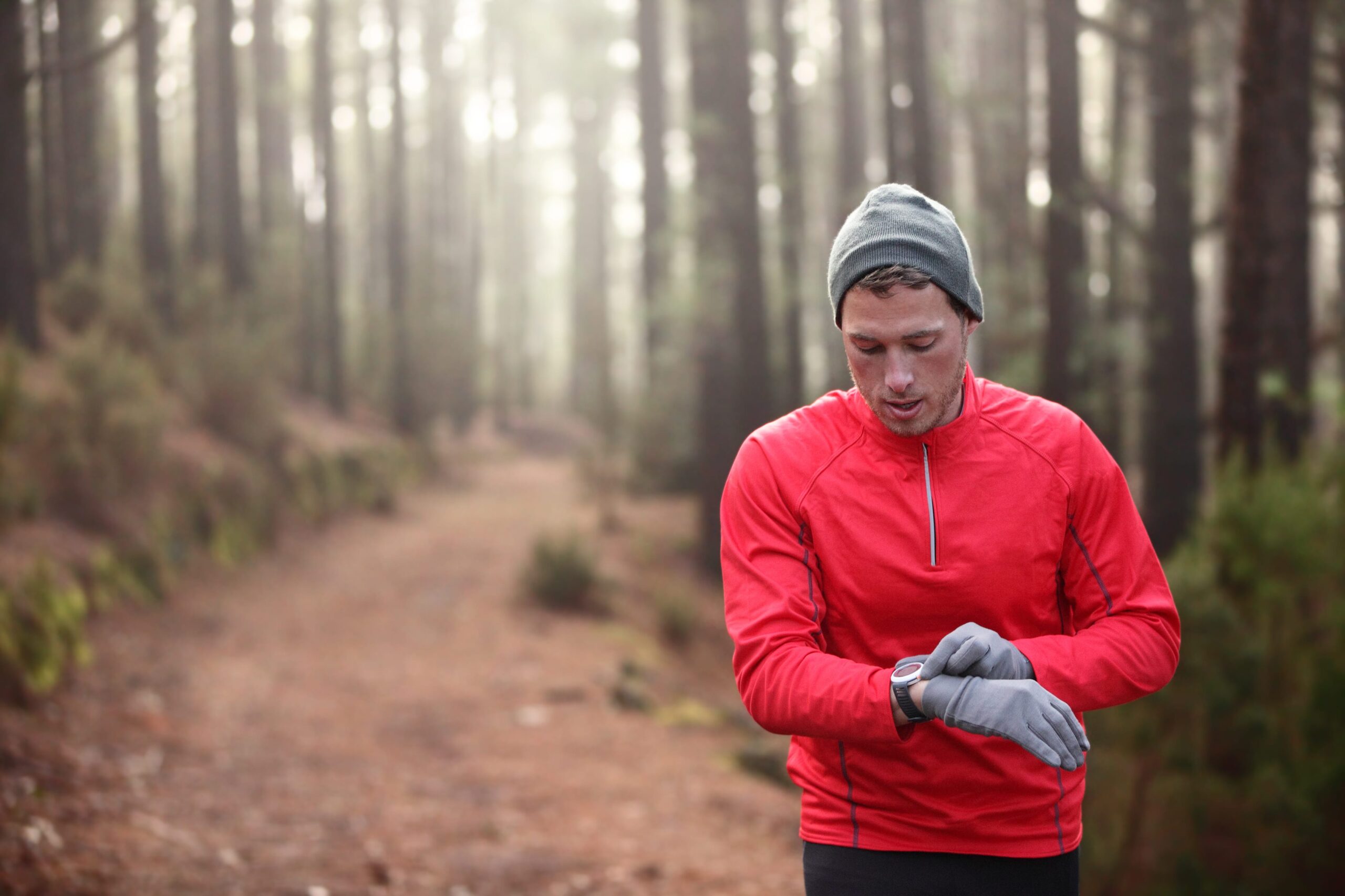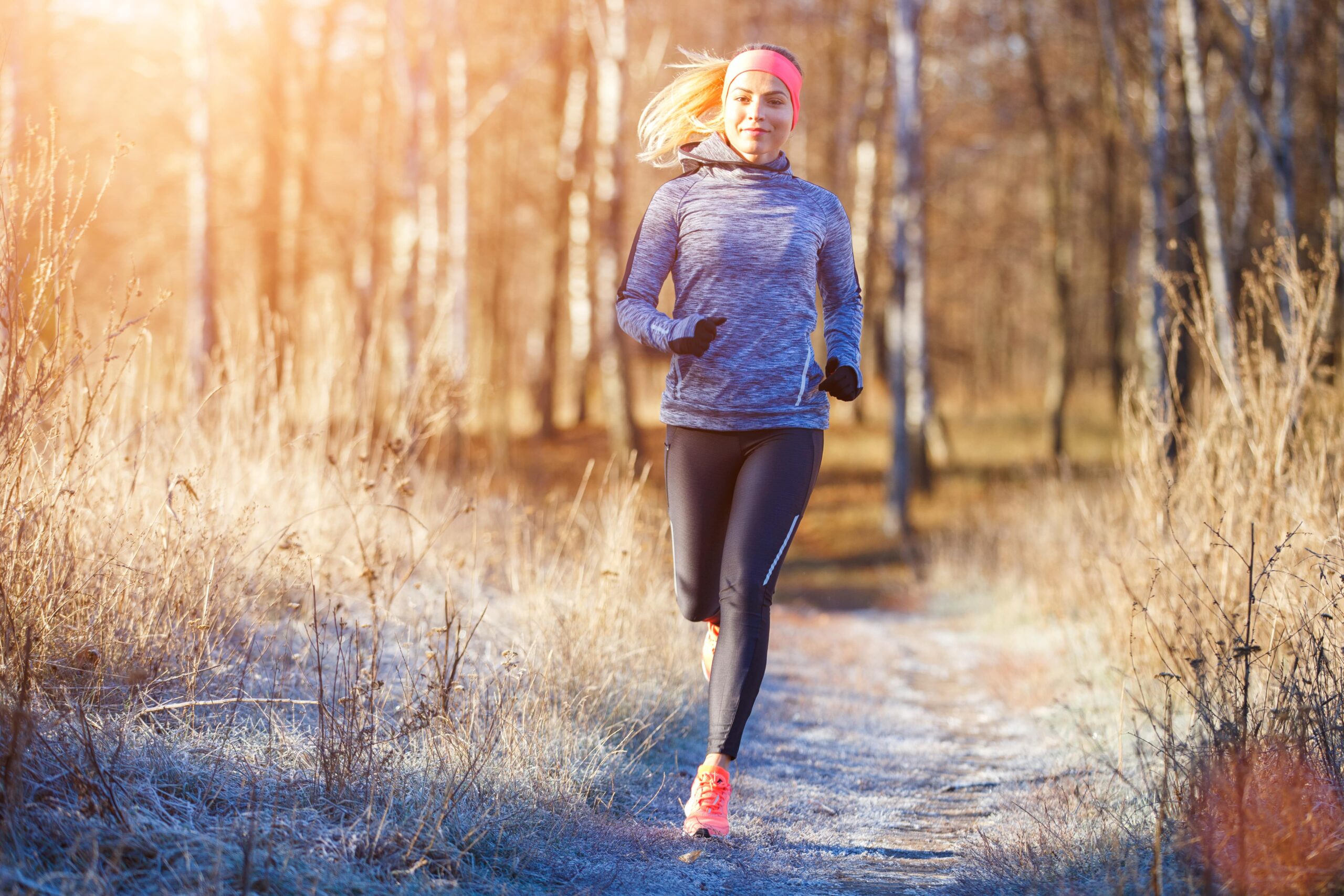
Thinking about fitness and physical preparation for the trip is certainly worth doing in advance. The earlier we start preparing our body for trekking, the better. 3 months is a recommended time; however the ideal time span will vary based on your fitness level and experience in the mountains, or lack thereof.
Kilimanjaro isn’t a technically difficult mountain, so it’s safe to say it’s accessible to anyone who has done even a minimum amount of physical preparation and is motivated to succeed. The only real obstacle that could prevent you from reaching the summit is altitude sickness, but apart from proper acclimatization and preparation, there’s not much we can do about it as it depends on our body’s response.
It’s important to remember that even the best physical preparation doesn’t guarantee immunity from altitude sickness. What does this mean? It means that despite excellent physical fitness, you might still experience altitude sickness. Proper conditioning is just one element that can help in the fight against it, minimize its symptoms, or delay its onset.

An ideal way to prepare for the Kilimanjaro climb is frequent uphill walking, similar to what you’ll face on the mountain. Trekking in Polish mountains is a good preparation. Unfortunately, not everyone has access to nearby mountains or can visit them regularly.
Fitness clubs and gyms are great alternatives, where you can maintain your fitness on an inclined treadmill, a bike, or an escalator. There is no golden rule for the best form of exercise; however, you should focus on long-duration aerobic training.
The first thing that probably comes to mind when you hear “aerobic training” is running, and you’d be right, but that’s not the only option. Aerobic training can also include cycling or swimming.
Generally, all exercises that last for a longer period at 55-85% of your maximum heart rate are considered aerobic. This type of training increases oxygen exchange in the body, stimulates circulation, and improves lung ventilation, ensuring that your muscles receive the maximum amount of oxygen. Note that such training also burns large amounts of sugar in the body. About 20 minutes of running at a moderate pace (around 8 km/h) can lower blood sugar by about 25 mg/dl.
Eventually, further reduction becomes impossible, and that’s when the body starts to burn fat tissue intensely, helping you shed extra pounds. However, such training should be done calmly and at a steady pace.

Start calmly, at a pace that you can maintain for an hour – like running or cycling. As mentioned earlier, your heart rate should stay within the 55-85% range of your maximum heart rate.
Here’s a simple formula to calculate your maximum heart rate using the Fox & Haskell method:
220 – age.
For example, for a 26-year-old, the maximum heart rate is 194 (220-26).
Now, let’s calculate the range where your heart rate should be during training:
55% of 194 ≈ 107
85% of 194 ≈ 165
Therefore, your heart rate during training should be between 107 and 165 beats per minute 🙂
For those who don’t want to calculate exactly, aim for a heart rate of 120-140 beats per minute during exercise 🙂

Beginners should start at the lower end, around 55%, to avoid heavy breathing and ensure they don’t stop training prematurely or lose motivation 🙂
A heart rate monitor can be helpful to track your heart rate in real time. They’re widely available, and you can find basic models in common equipment shops, such as Decathlon 🙂
If you don’t have a heart rate monitor, you can check your pulse manually on your carotid artery or wrist, but this can be challenging during a workout. If you’re gasping for air and find it hard to breathe, it may indicate that your heart rate is too high. In that case, slow down or take a short break to let your breathing return to normal.

Docelowo trening powinien trwać dłużej niż 45min, w zależności od wybranej formy aktywności nawet powyżej 2h np. przy jeździe na rowerze, czy trekkingach.
Osobą, które nie miały nigdy styczności ze sportem/ ćwiczeniami, a w dodatku pracują za biurkiem na dobry początek, aby w ogóle rozruszać bezpiecznie mięśnie polecam regularne długie powyżej 30 min spacery, nordic walking, z czasem dopiero można włączyć bieganie i inne formy aktywności ruchowej. Na początek dobry będzie również rower.
It’s best to run on uneven terrain, like in a park, ideally with hills for uphill and downhill running. After all, you won’t be walking on a paved path in the mountains:).
If you’re a beginner, try run-walk sessions: 5 minutes of running, then 5 minutes of walking, alternating. You can adjust the time as you see fit. Over time, you’ll notice that you’re running more and walking less until you can run the entire session. Start slow, with a gentle jog.
Having a heart rate monitor will help keep your heart rate in the 120-140 bpm range, ensuring you’re doing aerobics 🙂

For those already accustomed to training, interval workouts can be a great addition. This involves short bursts of high-intensity exercise approaching your maximum heart rate, alternating with lighter exercises or breaks. Here’s an example:
Warm-up:
Approximately 20 minutes of light jogging, with dynamic stretching exercises like leg swings and twists
Main workout:
You can repeat this 4-5 times or more, depending on your capability.

Regularity is key. It’s better to train frequently with less intensity, than sporadically with high intensity.
Aim for at least 2 training sessions per week, with 3-4 being ideal. The time of day doesn’t matter; train when it’s convenient for you, either before work or in the afternoon.
Make sure to have at least one rest day per week for muscle recovery. Relax with a sauna, massage, or stretching with a foam roller. 🙂

Gym training is an option for strength and endurance, but treat it as an addition and not the primary focus. The primary training should consist of aerobic exercises. During trekking, you’ll carry only a daypack (7-10 kg), while porters carry the main load :).
If you’ve read this far, it’s time to get up and take the first step towards Kilimanjaro—start your training! Don’t wonder if you can do it – you certainly can! Our team believes in you 😉